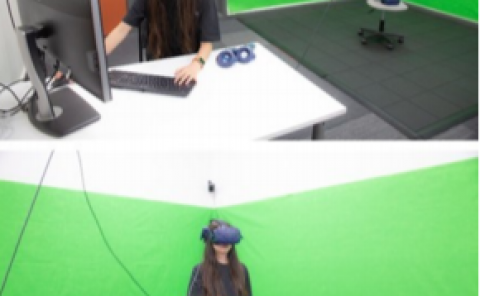A Web-based Augmented Reality Plat-form using Pictorial QR Code for Educational Purposes and Beyond
PubDate: November 2019
Teams: Auckland University of Technology
Writers: Minh Nguyen;Minh Phu Lai;Huy Le;Wei Qi Yan
PDF: A Web-based Augmented Reality Plat-form using Pictorial QR Code for Educational Purposes and Beyond

Abstract
Augmented Reality (AR) provides the capability to overlay virtual 3D information onto a 2D printed flat surface; for example, displaying a 3D model on a single flat card that accompanies with the diagram shown in a learning text-book. The student can zoom in and out, rotate, and perceive the animation of the figure in real-time. This will make the educational theory more attractive; hence, motivates students to learn. AR is a great tool; however, the setup and display are not straight-forward (there are many different AR markers with different encryption, decryption methods, and displaying flat-forms). In this paper, we proposed a portable browser-based platform which uses the advantages of AR along with scan-able QR Code on mobile phones to enhance instant 3D visualisation. The user only needs a smart-phone (Apple iPhone or Android) with Internet-enabled; no specific Apps are needed to install. The user scans the QR Code embedded in a colour image, the code will link to a public website, and the website will produce AR Experience right on top of the browser. As a result, it provides a stress-free, low-cost, portable, and promising solution for not only educational purposes but also many other fields such as gaming, property selling, e-commerce, reporting. The set up is convenient: the user uploads a picture (e.g. a racing car), and what actions to be related to it (a 3D model to display, or a movie to play). The system will add on the picture one small colour QR code (to redirect to an online URL) and a thin black border. The user also uploads the 3D model (GLTF files) that he wants to display on top of the card to finish the set-up. At the display, the user can print the AR card, point their smart-phone towards the card, and pre-setup AR models or actions will appear on it. To students, these 3D graphics or animations will allow them to learn and understand the lessons in a much more intuitive way.

